The average lifespan of a life jacket or a Personal Floatation Device (PFD) is roughly 10 years. However, if regular maintenance is ignored, your PFDs can lose their effectiveness much earlier.
On a side note, how you use your PFDs will also determine how long they will keep functioning. Life jackets made for commercial use will wear out much faster than the ones made for recreational/leisure purposes.
In the case of inflatable life jackets, they roughly last 1-3 years. However, we strongly recommend that you keep your vests in check on a regular basis for any signs of wear and tear.
Do life jackets ever expire?
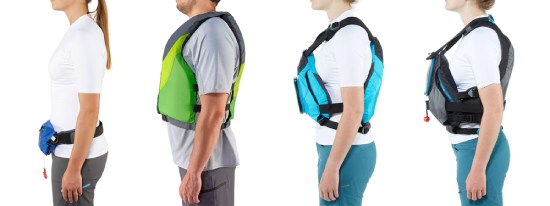
Well, not exactly. Most life jackets and PFDs are made of materials that don’t usually interact with the different natural elements. The materials take a lot of time to decompose so in theory, your PFDs should be immortal.
However, that’s not how it works, sadly. The fabric and other materials are damaged over time. The wear and tear, abrasion, and cuts make the foam lose its buoyancy, and a PFD that can’t float over water is useless.
We’ll talk about how you can tell if your life jacket needs replacing in a while.
Types of Life Jacket
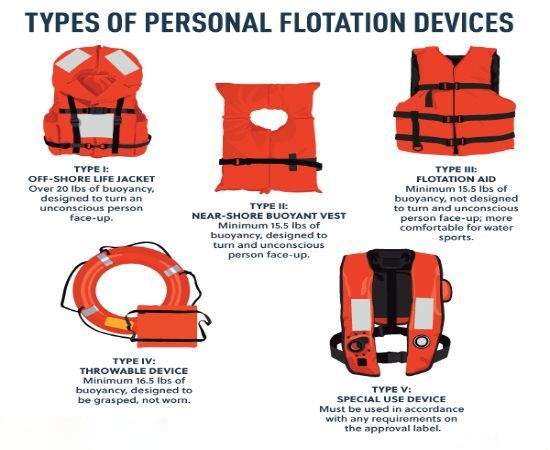
1. ?Inflatables
Inflatable PFDs offer greater maneuverability and comfort due to their compact design. The materials of an inflatable life jacket can last a long time.

However, they feature a carbon dioxide tank (CO2) and the tank will need replacement after approximately 1-3 years.
?2. Foam-filled PFDs
These are the standard PFDs available. They feature a closed-cell foam that contains a lot of air trapped within. They are designed to keep you floating with minimal effort.
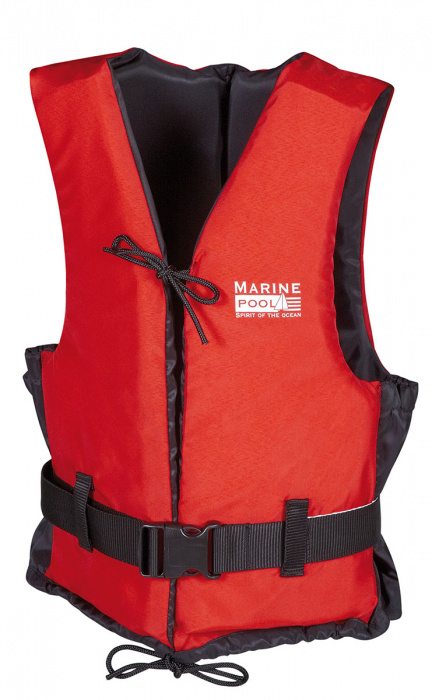
The foams inside the standard PFDs will deteriorate over time and lose their buoyancy. The foam-filled PFDs have a lifespan of around 10 years.
3. Life preservers
Life preservers are specially designed PFDs that are designed to keep your head and mouth out of the water even if you are unconscious.
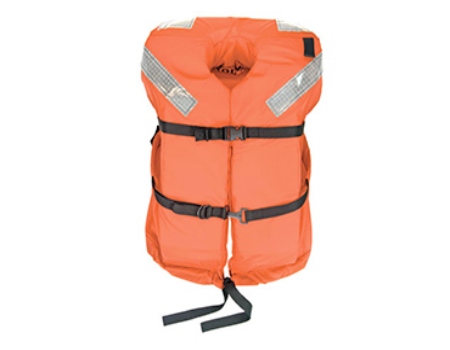
They are also expected to last as long as 10 years. However, factors like excessive UV exposure, heat, and usage can reduce the lifespan significantly.
How To Test Your PFD To See if It Needs Replacement?
The buoyancy
A PFD will require a minimum level of buoyancy so that your head and face stay afloat at all times, even if you are unconscious. A standard PFD needs to provide around 15.5-22 lbs of buoyancy to keep your chin and head above water.
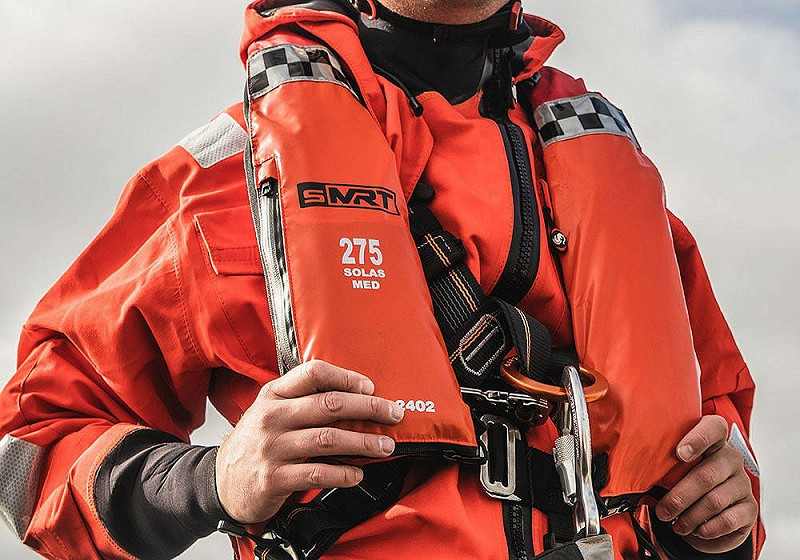
Check the buoyancy level of your PFD by wearing it and trying to stay afloat in a pool. If you face difficulties in staying over the water or the PFD starts to move against you, it’s time for a replacement.
The CO2 tank
This is applicable for inflatable life jackets. These types of PFDs come with a gas cylinder filled with CO2 that helps the user stay afloat. The gas tank comes with an expiration date from 1-3 years of manufacturing. It’s essential to check the tank’s manufacturing date before using it.
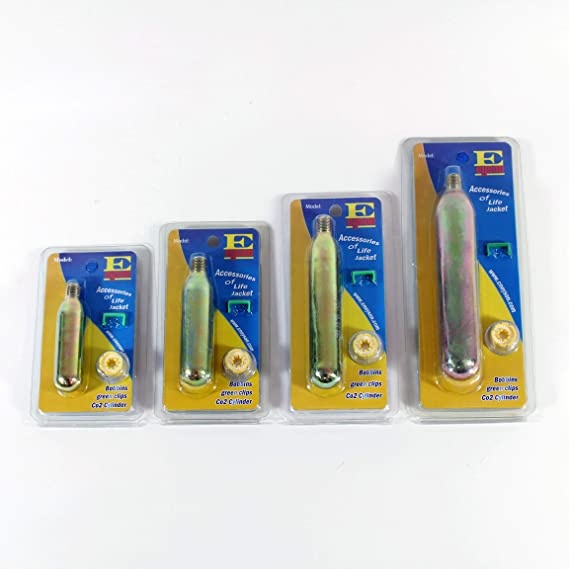
Even if your Inflatable life jacket is within its effective lifespan, it’s recommended to change the tank if the tank looks damaged, corroded, or rusted. Make sure to check the connecting mechanism as well.
The straps
Life jackets usually secure the user with their strategically placed connecting straps. We highly recommend you check out the straps for any wear and tear, corrosion, or damage. Look especially in the parts that connect the shoulder or the waist.
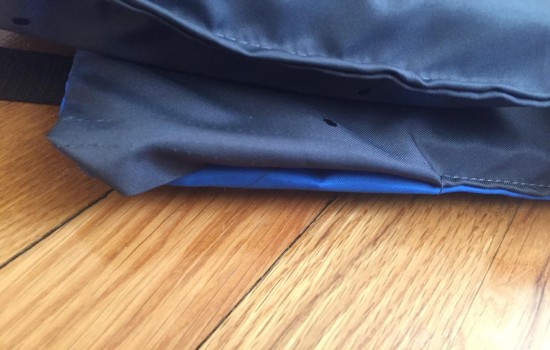
FAQs
1. Are children eligible to wear inflatable life jackets?
Ans: No. According to the US Coast Guard’s guidelines, inflatable life jackets are designed for persons weighing over 80 lbs (39kg). You’ll need to be at least 16 to meet that requirement. There are other purpose-built PFDs for children and infants. Check the label of your PFD for more info.
2. How long can you survive in water with a life jacket?
Ans: That depends. Modern PFDs can hold a small amount of change and use it to signal people nearby. That power runs out in about 8 hrs. You’ll last longer in warm water. Provided that you don’t succumb to dehydration or any other issues, you’ll be safe for up to 3-5 days.
3. What is the difference between a life jacket and a PFD?
Ans: PFD is the general designation of all the wearables that help you stay floating in the water.
Some of the PFDs like life jackets make sure that your chin and head stay out of the water, even if you’re unconscious.
4. How tight should a life jacket fit?
Ans: Snugly tight. Make sure that your PFD isn’t too tight or too loose. That will create complications once you’re in the water. The PFD should be comfortable around your body, neither too tight nor too loose.


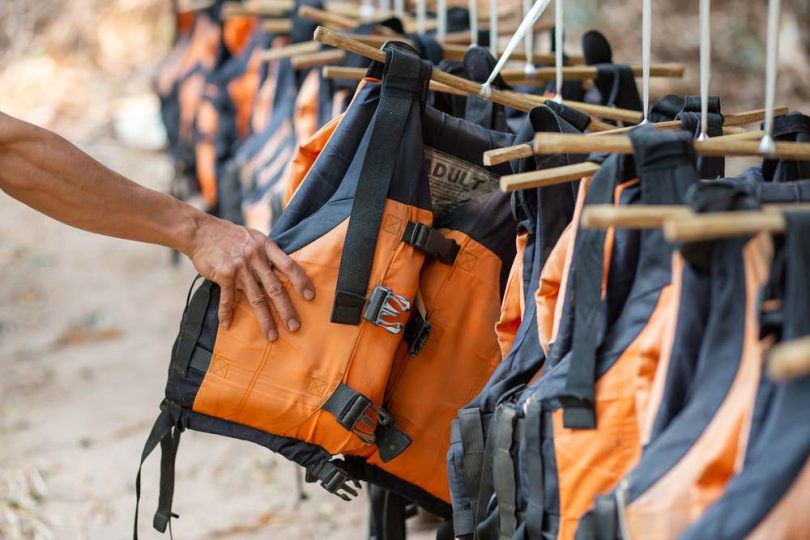





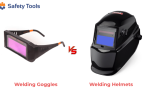

Leave a Comment